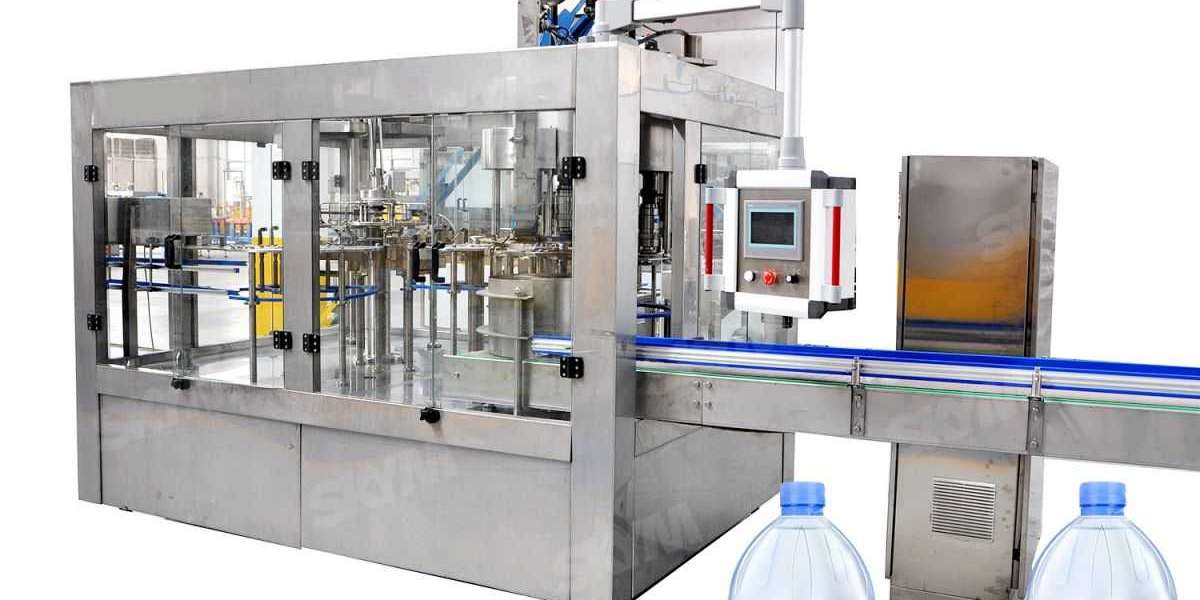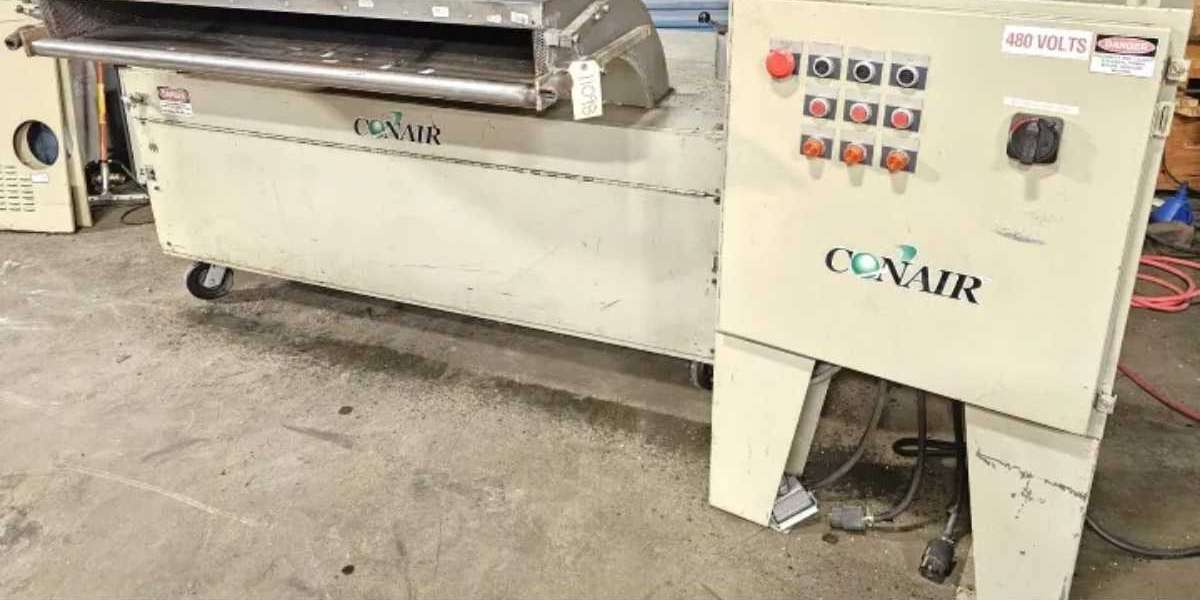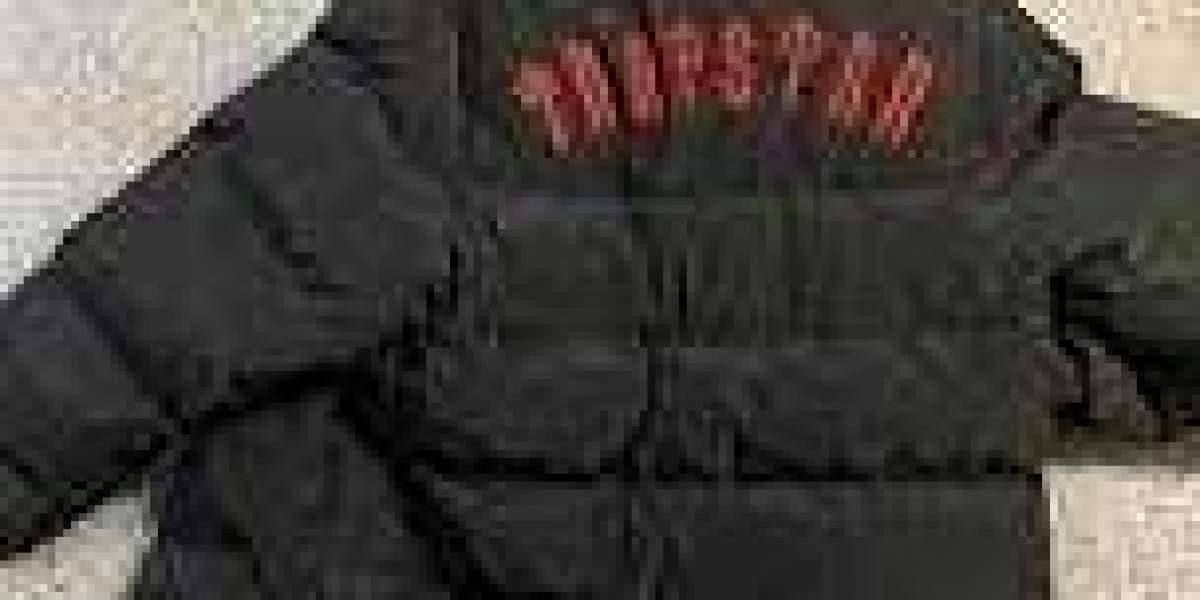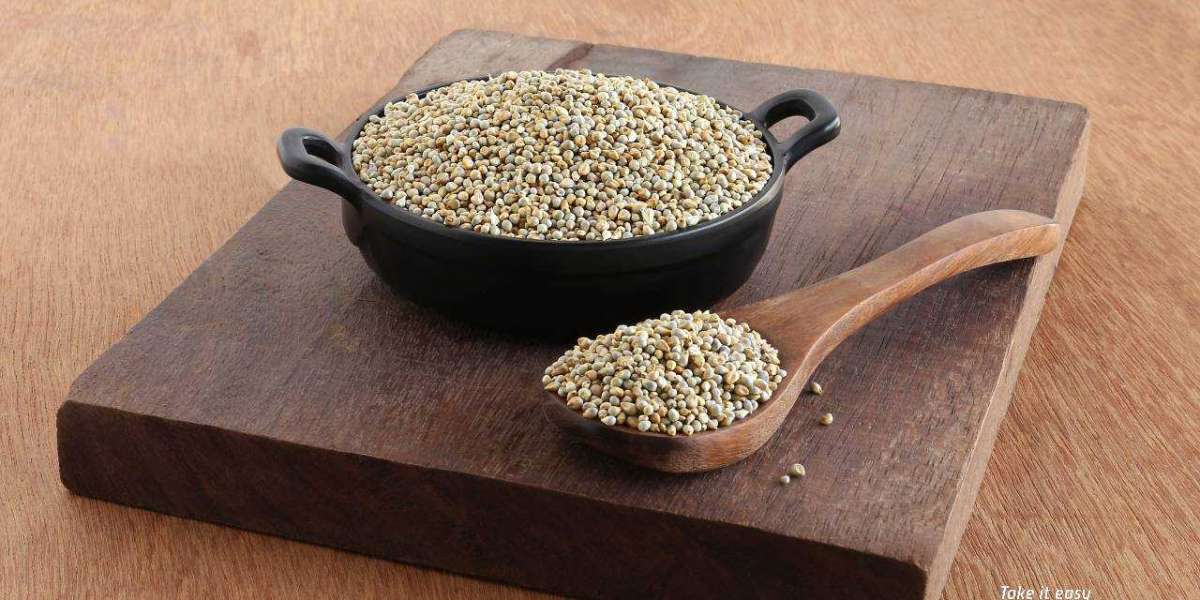Intelligent liquid filling equipment is important equipment urgently needed by modern beverage manufacturers for automatic production. With the rapid development of China's economy and the rapid improvement of living standards, people's demand for fruit juice is also increasing. With the rapid increase of fruit juice production, fruit juice processing and production enterprises urgently need to improve the fruit juice filling production line, so as to improve the production efficiency of enterprises. In addition, juice consumers put forward newer requirements for filling juice, such as food safety, packaging aesthetics, etc. Therefore, developing more intelligent, automatic and efficient mechanical control methods is an urgent problem for filling machines.
The traditional filling method usually requires manual intervention in some technological links, such as manually shaking the filling gun head to the filling bottle for filling. This filling method is not only labor-intensive, but also time-consuming, and even deviation may lead to liquid flowing into the outside of the bottle wall, causing pollution to the bottle body. Therefore, in order to solve this kind of manual participation process, it is necessary to introduce automatic control technology. Programmable Logic Controller (PLC) is a series of instructions, such as operation instruction, comparison instruction and timing instruction, to convert and output some signals, so as to realize the operation control of mechanical equipment. PLC has the advantages of simple operation, easy programming and strong anti-interference ability. PLC can adjust the program according to the characteristics of the equipment, and it has strong scalability, so PLC is gradually replacing the traditional relay control method. In order to improve the reliability and automation of the filling machine, PLC is selected as the core of the filling machine control system, and the touch screen is used to quickly set system parameters and monitor data at any time. Automatic control of the filling machine is realized by PLC programming and touch screen programming.
1. Filling Machine Structure
Commonly used juice filling machines include linear conveying filling machines and rotary conveying filling machines. The filling machine with the linear conveying mode is studied. The structure of the filling machine is shown in Figure 1.
Fig. 1 Three-dimensional structure of vision inspection system
1) Empty bottle conveying. After cleaning and disinfection, the empty bottles are transported to the filling machine by the conveyor belt, and the empty bottle inlet is connected with the whole assembly line.
2) Bottle divider. After cleaning, the empty bottles are delivered to the conveyor belt by the output of the bottle washer, but there is usually no gap in the empty bottles. However, before the bottles enter the filling machine, it is usually necessary to automatically inspect the empty bottles and pick out the defective bottles. Therefore, in order to ensure the inspection of the bottles, it is necessary to separate the bottles delivered by the bottle sorting machine by a certain distance, mainly by the shifting fork on the chain.
3) Empty bottle conveyor belt. The conveyor belt on the filling machine assembly line is a common conveyor belt, which drives the empty bottles forward through the friction of the conveyor belt. In the process of conveying, it is necessary to detect the bottom of the bottles, so it is necessary to use a special conveyor belt to clamp the bottles for conveying.
4) Rejecting damaged bottles. After the bottle is found damaged, the controller will control the action of the rejection mechanism to reject the damaged bottle.
2. Hardware Design
The juice filling control system mainly consists of two parts, one is the transmission detection system and the other is the filling system. The system can independently control one part of it, and two parts can work at the same time for interlocking control, which not only improves the system security but also improves the degree of system automation. The control hardware structure is shown in Figure 2. The juice filling control system is mainly composed of a man-machine touch screen, PLC, intelligent weighing system and various switch sensors. The touch screen mainly realizes human-computer interaction, through which the status monitoring of the filling system, the display of the filling juice weight, the setting of operation parameters and the inquiry of system faults and fault causes can be realized. PLC mainly completes the control of the bottle conveyor belt, the on-off control of the electromagnetic valve and the signal collection of the external switch sensor. The pressure signal is collected by an analog acquisition module, and the signal is processed by the average filtering method and the result is transmitted to PLC through a serial port. According to the principle of PLC control, the PLC of juice filling machine mainly adopts module combination mode:
1) CPU unit, using Panasonic FP-XC60R as the CPU of the control system, the CPU is mainly responsible for the execution of logic control program and data processing;
2) Expansion module E30R, which is an expansion of digital input and output, is mainly responsible for collecting peripheral digital quantity and output control of the filling system and preparing for the subsequent expansion of filling system functions;
3) Analog acquisition AD8, the analog acquisition module is mainly responsible for collecting data such as filling system pressure;
4) Communication module, which is mainly used for data transmission;
5) Pulse output module, which is mainly responsible for controlling the motion control of bottle body and bottle cap, and accurately controlling the position of servo motor and servo motor by sending pulses.







